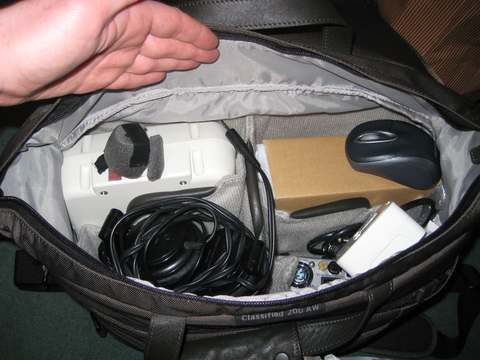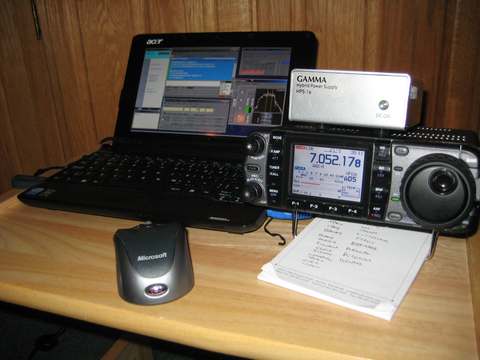So it has been a very long while since I have posted here and there is much to talk about.
Unfortunately work commitments have curtailed much of my air time this winter and spring, however it has been developments abroad that have kept me on the air.
As an Irish citizen holding a Canadian callsign I cannot unfortunately apply for a CEPT certificate in Canada. Those are only available to Canadian citizens.
So to be able to operate in Europe and Ireland I must contact each jurisdiction I would like to operate in. My plan was to operate in Ireland on my trip home to family over the Christmas period, so I contacted ComReg in Ireland to apply for a temporary (12 month) visitor callsign.
The usual scenario is for a temporary callsign to be issued but because I was an Irish citizen and was able to provide a permanent station address in Ireland (parent’s family home) ComReg informed me that if my qualifications checked out with Industry Canada that they would be more than happy to issue a life-time Irish callsign.
After a couple of weeks waiting ComReg issued EI8GNB.
Now with callsign in hand I needed to assemble my travelling station. Along with my IC7000, AH-4 and Acer netbook I also purchased a Gamma Research HPS-1a power supply. This little puppy puts out enough power for 100W SSB and about 35 to 40w in PSK/RTTY and it’s no bigger than a small paperback book, perfect for travelling. The whole station fitted into a nice Lowe Pro Classified 200 AW camera bag that I would use as my airline carry-on. I placed a length of coax, feedline and antenna-wire in my checked suitcase.

Shack in a Bag : (clockwise from top left) Icom AH-4, Icom IC-7000, Gamma Research HPS-1a, headset/mic etc.
Travelling during the holiday period is troublesome at best but I was also worried about all this electronic gear I was carrying. I found however that if I unpacked the major components into separate scanning trays that airport security never had a problem with the stuff.
I would put the AH-4 and rig in a tray on their own for scanning like you would with a laptop and I rarely had a problem. However I do advise to carry about a photocopy of a manual page for any suspect objects. The AH-4 did draw the eye of security screeners a couple of times but with manual in hand and a little explanation things were smoothed over instantly. Funnily enough the ‘suspicious’ level seemed to be higher in European airports rather than in the Canadian and US airports I passed through.
Once in my parents home, time to setup the antenna. They have a standard square shaped backyard that provided about 1500sq ft. Hmmmm, simple dipole anyone? I cut some of my antenna wire into a simple dipole just over 34ft in overall length, with a run of 10ft of 450 ohm feedline in the middle down to the AH-4. I also made sure it was off-resonace, the AH-4 does not like high impedance resonant antennas. I strung the antenna from a upper floor bedroom to the permanent workshop building on the other side of the garden and offset it away from each wall with insulators and a length of plastic cable. Height above ground varied from about 20 to 10ft enough for the upper bands but probably creating a general upward omnidirectional pattern on the lower bands.
The AH-4 had no problem tuning the antenna on every band except 160m!
Over the course of two weeks I made dozens of PSK contacts all over Europe working about 30 countries including the US & Canada. The bands seem so much more alive in Europe than they do in the Pacific Northwest and there always seems to be somebody calling CQ, so there is never a shortage of QSOs.
I also managed a couple SSB QSOs as well, the highlight was working Gunther VA3GA on 17m. Conditions were poor for that QSO with lots of QSB, late in the day in Ireland, but with 100W on that simple dipole all the pertinent information was exchanged easily.
The ARRL RTTY Round-Up was also on over the holiday period and I made over 80 contacts again including the US, Canada and highlight making P49X in Aruba! Not bad for a wire antenna and 40w.

Holiday 'shack' setup with my Acer Netbook. Running RTTY with N1MM during the 2010 ARRL RTTY RU.
Now that I know I can pack up the station into one bag I’m looking for many more opportunities to do holiday style DX operating, I can’t wait for the summer to come.


